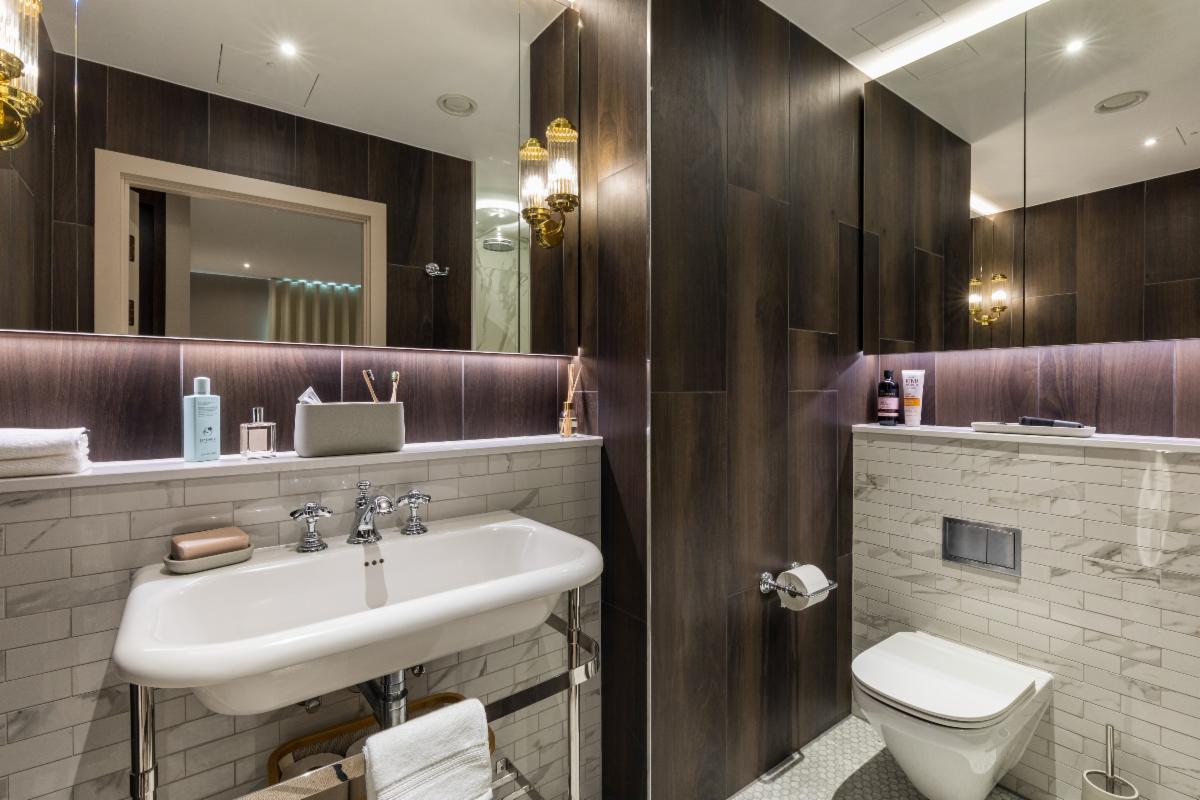Coupling up makes 79% of property market affordable versus just 9% for single homebuyers

The latest research by London lettings and estate agent, Benham and Reeves, has revealed that by coupling up, homebuyers can increase their property purchasing potential with 79% of local authorities in Britain becoming affordable based on the mortgage loan secured at 4.5 times their joint earnings, versus just 9% when going it alone.
Benham and Reeves analysed current house price data looking at the mortgage loan required in each area of the British property market after placing a 15% deposit. Benham and Reeves then looked at buyer purchasing power based on 4.5 times income using the latest earnings data from the ONS.
Singles priced out of the market
The research shows that the average person in Britain would require a mortgage loan of £244,632 after placing a 15% deposit of £43,170 on the current average house price. However, with the average person earning £35,481, it would make them eligible for a mortgage of just £159,665, leaving them £85,000 off the mark (-35%).
This is the case across every region of Britain, with London the worst place for single homebuyers, where even with an average salary of £47,301, they would fall £216,636 short of the average mortgage loan required across the capital.
In fact, at local authority level, just 9% of the British property market is affordable for single homebuyers when it comes to the mortgage loan required versus their mortgage purchasing power at 4.5 times income.
Coupling up boosts buyer affordability
However, by coupling up homebuyers can dramatically improve their chances when it comes to property market affordability.
In doing so, the combined income climbs to £70,962 on average across Britain. This would make a homebuying couple eligible to borrow £319,329 at 4.5 times their joint income – £74,697 more than the average sum required after placing a 15% deposit.
In fact, coupling up means homebuyers can afford to climb the ladder across every region of Britain, apart from London, where they would still fall £3,782 short of the mortgage required.
However, at local authority level, coupling up in the property market would mean that 79% of local authorities across Britain would become obtainable for buyers, versus just 9% for those going it alone.






